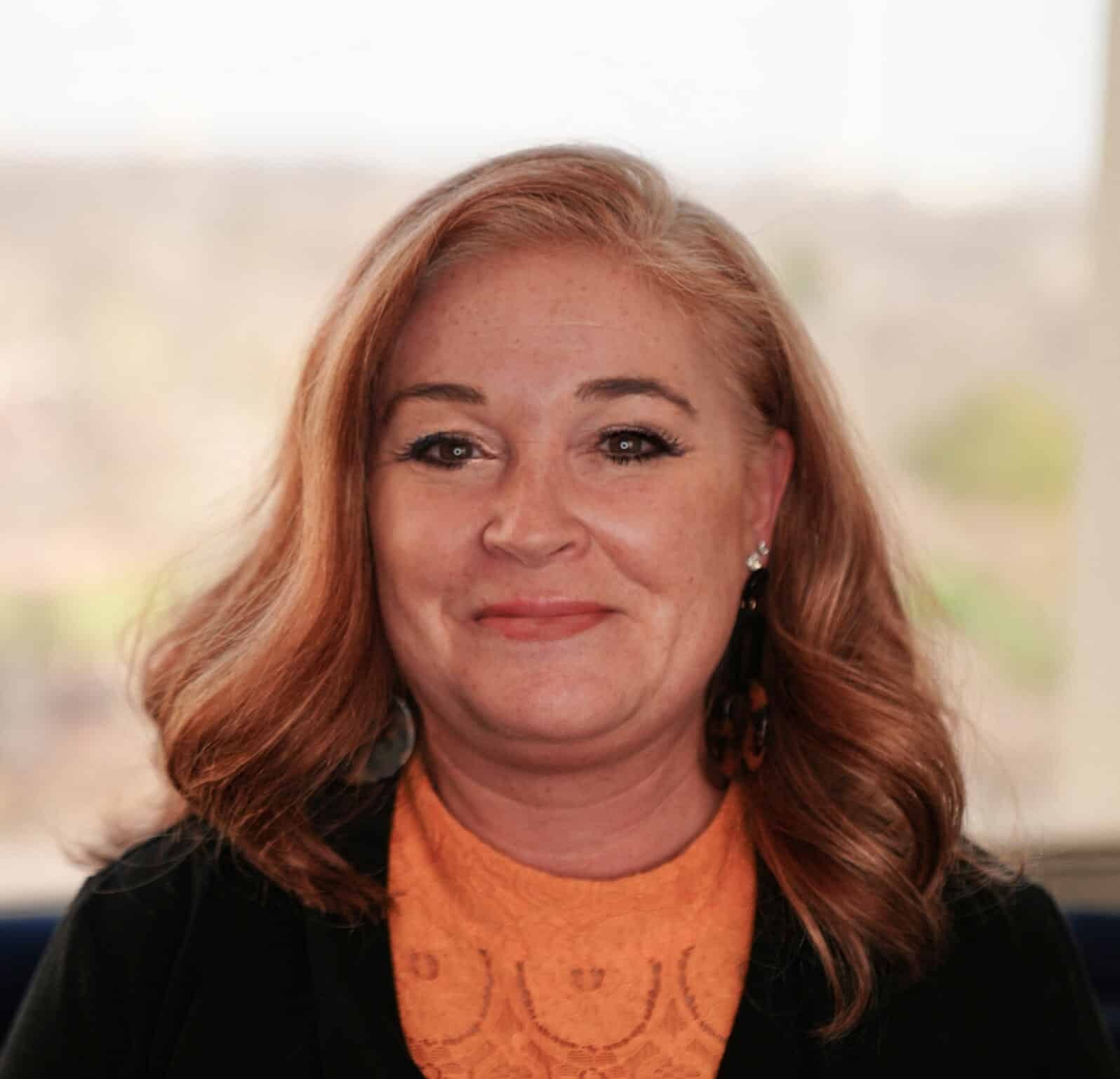Worth the Investment? Creating an Advisory Board for Family-Owned Businesses

If you’re considering an advisory board for your family business, we agree – it can be one of the most beneficial investments a family business can make.
Why do it? An effective board provides credibility, accountability, and trust. It can seem counterintuitive, but increasing formality and “professionalizing” governance structures can preserve family and business relationships and improve communication, especially when the family is in conflict.
What is it? An advisory board does not have any fiduciary responsibilities. Still, it protects ownership interests while providing guidance, counsel, and accountability to the CEO and management team, particularly through key decisions.
How do we start? It can be difficult to know where to begin in establishing an advisory board. But, the board and its processes can grow along the way.
- Before building an advisory board, you should determine its objective. Where does your business need the most assistance? A SWOT analysis and evaluation of strategic goals can be helpful to answer these
- Choosing the people to fill your board is crucial. Individuals should be selected based on the unique perspectives they bring to the business. This is a key opportunity to invite independent (non-family) advice. Strategically select board members whose experience and expertise (e.g., industry, technical, geographical) fill relevant gaps in the current management team’s perspective. Diversity of viewpoints and backgrounds is often a goal. To determine what perspectives would be most helpful to add, consider the organization’s vision and strategy for the next 5-10 years. For example, a newer business might need members who are skilled in finance. A new generation of owners might prefer board members who have experience in general business management. A rapidly growing business might seek members who are knowledgeable about human resources or M&A.
- Determine board size. Keeping the board small, especially in the early stages, helps maintain effectiveness and increase communication among members. Typically, 3-7 members is an ideal size.
- Additional logistics. Determine compensation: it is common for members to be paid per meeting. Set term limits: encourage new perspectives and avoid awkward dismissals.
What do we do in meetings? Advisory boards often meet quarterly. The CEO prepares and distributes agendas in advance of the meeting. Meeting minutes should be documented, and rules of order should be followed. Meeting agendas often include a formal opening, introduction, approval of minutes, status report on key topics, and recommended actions/next steps.
When is it not worth the investment of time or money? Advisory boards often fail when management does not accept the board’s advice, advisor selection is handled poorly, or there is a lack of trust and transparency. Even in times of conflict, the perspective of an advisory board can help enhance communication, professionalism, and functioning.

